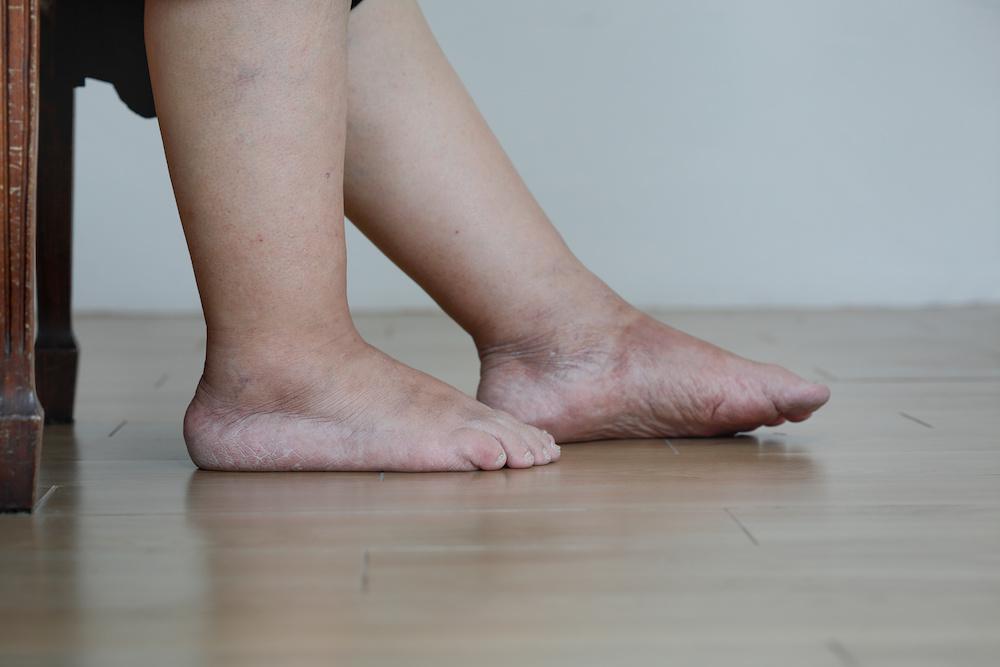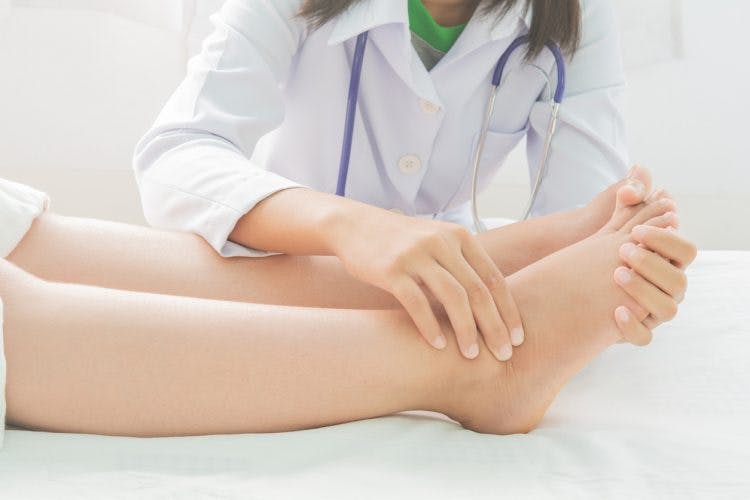Leg swelling, also known as edema, is a common condition characterized by the accumulation of fluid in the legs. It can affect one or both legs and can range in severity from mild to severe. In this article, we will explore the various symptoms of leg swelling and discuss the various treatment options available.
Symptoms of Leg Swelling
The most common symptom of leg swelling is a noticeable increase in the size of the legs. This may be accompanied by a feeling of heaviness or tightness in the legs. In some cases, the skin on the affected leg may appear stretched or shiny.
Other symptoms of leg swelling may include:
Pain or discomfort in the legs
A feeling of tiredness or fatigue in the legs
Difficulty moving the legs or walking
A sensation of warmth in the affected area
Cramping or muscle spasms
Redness or inflammation of the skin
There are several factors that can contribute to leg swelling. These include:
Standing or sitting for long periods of time
Hot weather
Pregnancy
Menstruation
Certain medications
Inactivity or lack of physical activity
Obesity
Chronic venous insufficiency (CVI)
Deep vein thrombosis (DVT)
Lymphatic system disorders
Heart, liver, or kidney problems
Treatment for Leg Swelling
The treatment for leg swelling will depend on the underlying cause of the condition. Some common treatment options include:
Elevating the legs: This can help to reduce the accumulation of fluid in the legs by allowing gravity to drain it away. Elevating the legs above the level of the heart is typically the most effective position.
Wearing compression stockings: These special stockings apply gentle pressure to the legs, helping to reduce swelling and improve circulation. They are often recommended for people with CVI.
Exercising regularly: Regular physical activity can help to improve circulation and reduce the risk of leg swelling. Walking, swimming, and cycling are all good options.
Maintaining a healthy diet: Eating a diet that is low in salt and high in fruits, vegetables, and other sources of fiber can help to reduce leg swelling.
Avoiding prolonged periods of standing or sitting: Taking breaks to walk around or stretch can help to reduce the risk of leg swelling.
Using over-the-counter (OTC) medications: OTC medications such as ibuprofen or naproxen can help to reduce inflammation and pain associated with leg swelling.
Seeking medical treatment: If the leg swelling is severe or persistent, it may be necessary to seek medical treatment. This may include prescription medications, physical therapy, or surgery.
Conclusion
Leg swelling is a common condition that can affect people of all ages. The symptoms of leg swelling can range from mild to severe and may include a feeling of heaviness or tightness in the legs, difficulty moving the legs, and a sensation of warmth in the affected area. Treatment options for leg swelling include elevating the legs, wearing compression stockings, exercising regularly, maintaining a healthy diet, and avoiding prolonged periods of standing or sitting. In some cases, medical treatment may be necessary. If you are experiencing leg swelling, it is important to speak with a healthcare provider to determine the underlying cause and receive appropriate treatment.

 Home
Home Health
Health Diet & Nutrition
Diet & Nutrition Living Well
Living Well More
More












